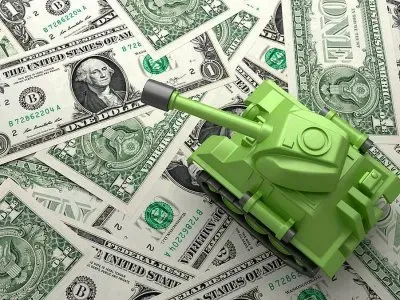What Would Happen If World War III Broke Out? A Look at the Economic Fallout
Imagine a global conflict of unprecedented scale erupting today. The shockwaves wouldn’t stop at the battlefields—they’d pulverize economies everywhere. Here are the key consequences:
- Supply Chains in Free Fall
Blocked sea lanes and high-risk ports would bring the flow of raw materials and industrial components to a standstill. Shortages of semiconductors, metals, and fertilizers would send prices soaring and grind industries—from automotive to agriculture—to a halt. - Runaway Inflation and Currency Crashes
Desperate to fund massive military spending and cover ballooning deficits, governments and central banks would unleash torrents of freshly printed money. The result: hyperinflation, eroded purchasing power, and local currencies teetering on collapse—especially in already indebted nations. - Stock Market Meltdown and Capital Flight
Political uncertainty and fear of asset destruction would trigger a market crash in equities and bonds. Investors would scramble for safe havens—gold, US dollars, Swiss francs—and speculative bubbles might form in cryptocurrencies or strategic commodities. - Mass Unemployment and Forced Industrial Shift
Non-essential sectors (tourism, hospitality, entertainment) would be the first to fold. Meanwhile, defense manufacturing and critical goods production (food, energy, medicines) would absorb vast workforces under accelerated, total-war mobilization. - Historic Sovereign Debt Levels
Financing armies, subsidies, and rebuilding devastated infrastructure would push national debt to record highs. Future fiscal flexibility would be hamstrung for decades, shackling generations to repayment burdens. - Forced Innovation and Regional “Islands”
Geopolitical fragmentation would drive countries into tighter regional blocs (e.g., Europe, ASEAN, North America), spurring breakthroughs in renewables, AI, and secure communications as each bloc races for strategic autonomy. - Post-War Reconstruction: Opportunity and Challenge
When the conflict ends, a colossal rebuilding phase would begin—restoring infrastructure and human capital. But reviving growth would demand balancing debt constraints, social tensions, and urgent global crises like climate change.
